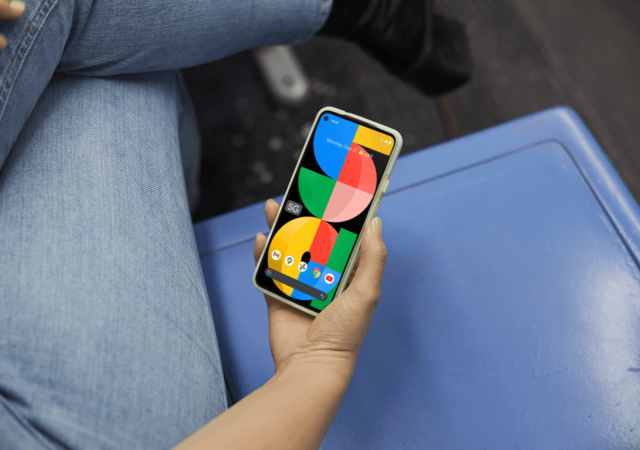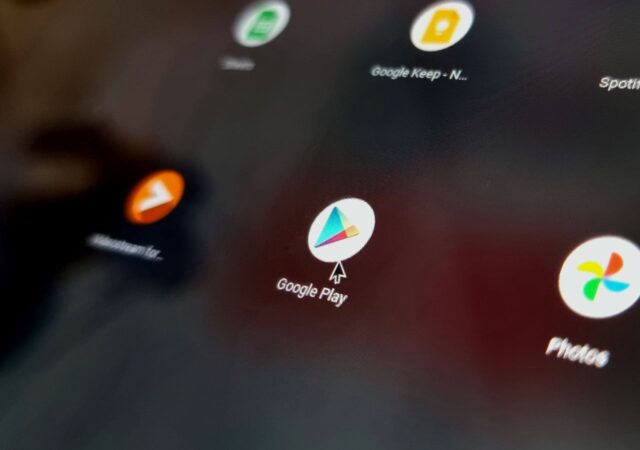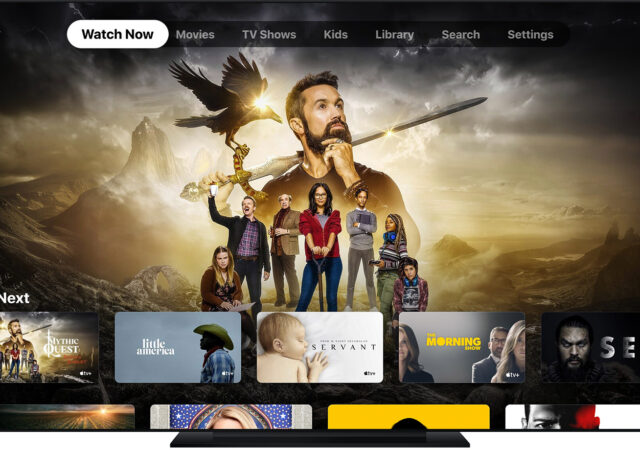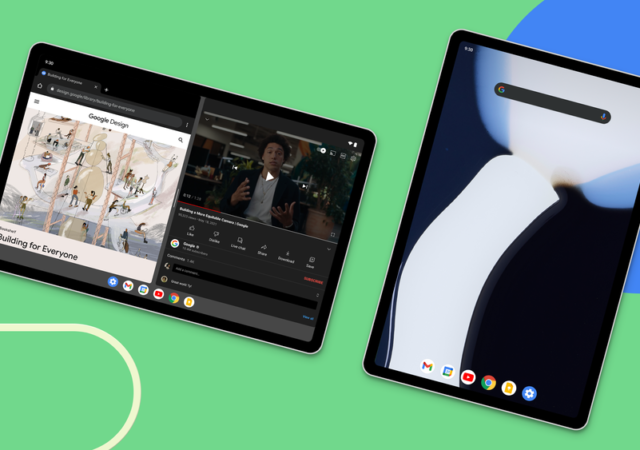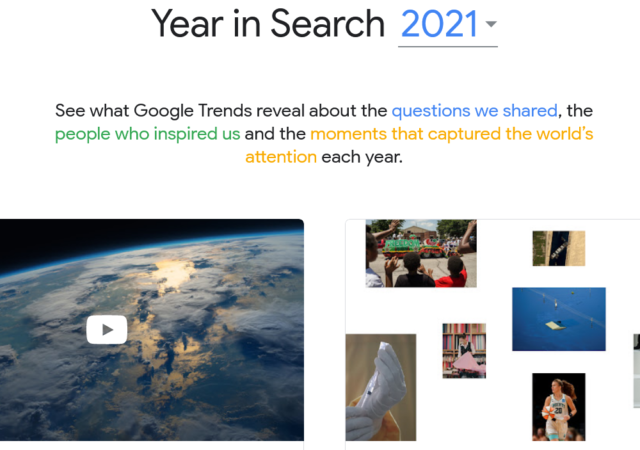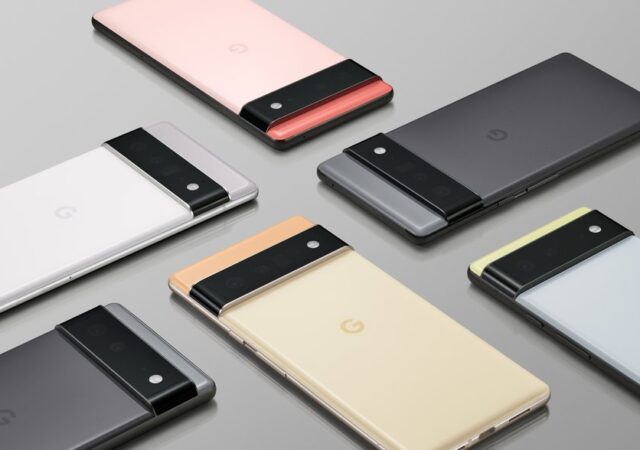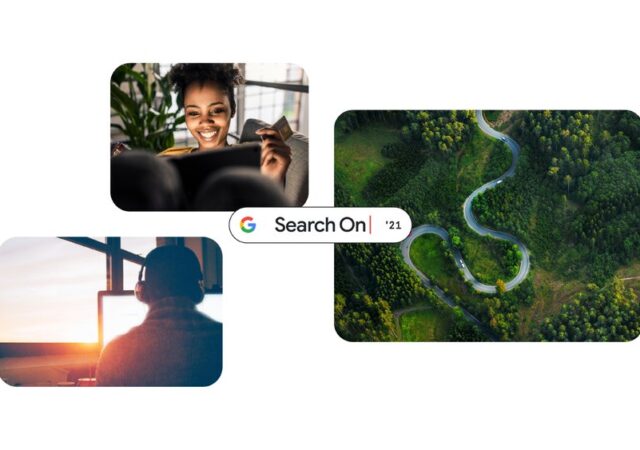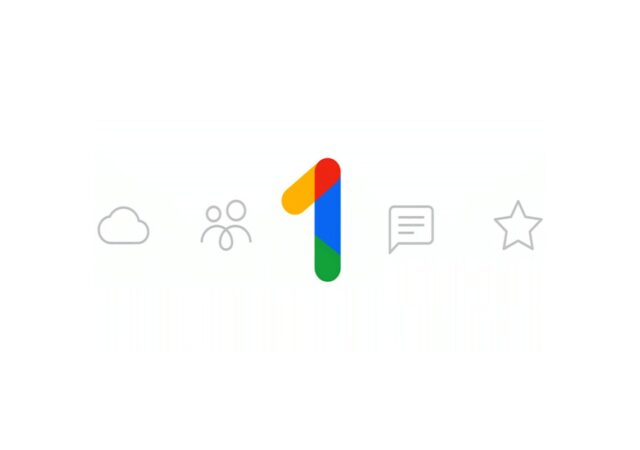Google is introducing a new security measure for apps in the Google Play Store. The new update will hide old apps from users.
[PSA] Android Users, if You Have This App; Delete it Immediately!
Pradeo found a malware on an app for Android devices. If you have the app, you want to delete it immediately.
Apple TV App is Now Useless on Android TVs and Google TVs – This Could Go Either Way
Apple removes rent, buy, and subscribing functions on their Apple TV app on Android and Google TVs in their most recent app update.
Early Android 13 Developer Previews are Already Showing New Features
Google’s Android 13 Developer Preview is here to share with us some of the things that Google is planning to have in the next Android update.
Android 12L is Here for Pixel Devices! But isn’t it for Tablets?
Google introduced their 12th generation of Android in 2021 and it looked promising. It was not a major change to how Android worked, as we have covered, but more of small improvements that added up to affect the total experience…
TAG Heuer Introduces New Generation Connected Calibre E4 Smartwatch Ready for Wear OS 3
TAG Heuer is back in the smartwatch game with the Connected Calibre E4 with Qualcomm Snapdragon 4100+ and Wear OS 3 readiness.
Google’s Year In Search Shows Malaysia’s Longing for Normalcy and Aid
Malaysia’s Year in Search on Google paints a picture of a nation that is healing from a global pandemic; yearning for normalcy and aid to make it through.
The Google Pixel 6 and Pixel 6 Pro are Here – Meet Google’s Most Powerful Smartphone ever
Google launches their most advanced Pixel ever, the Google Pixel 6 and Pixel 6 Pro with Google’s Tensor for US$ 599 onward.
Google Looks to “MUM” to Enhance Search
Google announces a slew of updates coming to Search thanks to their Multitask Unified Model which allows it to be more contextual.
Google One Introduces 5TB Storage Plan
Google One introduces the 5TB storage plan to sit between the 2TB and 10TB storage packages at US$ 25 a month onward.



